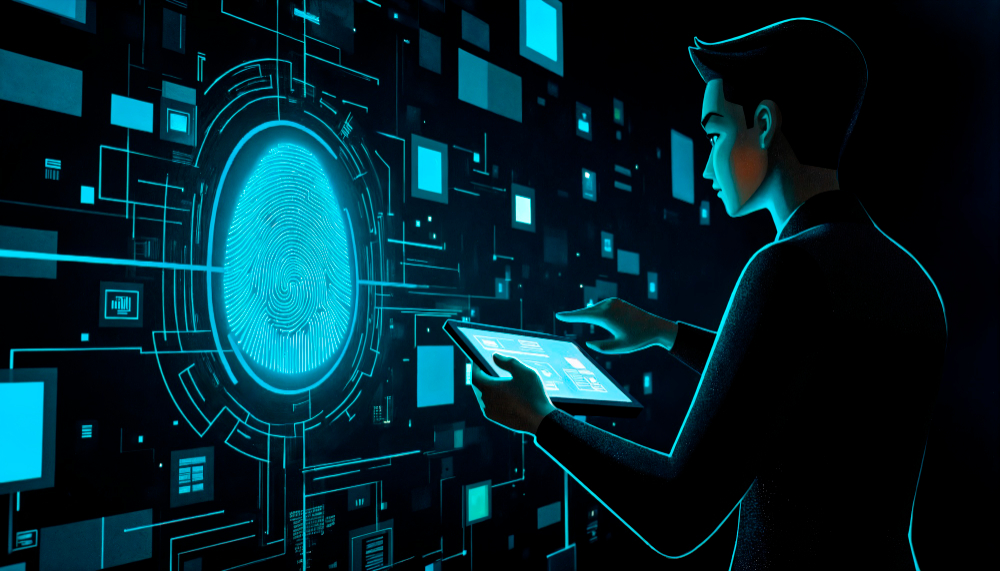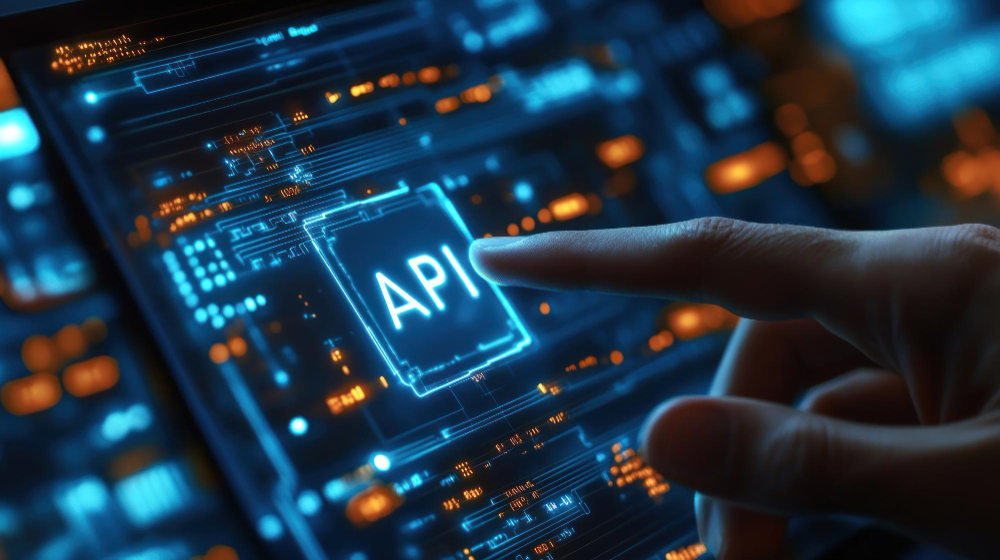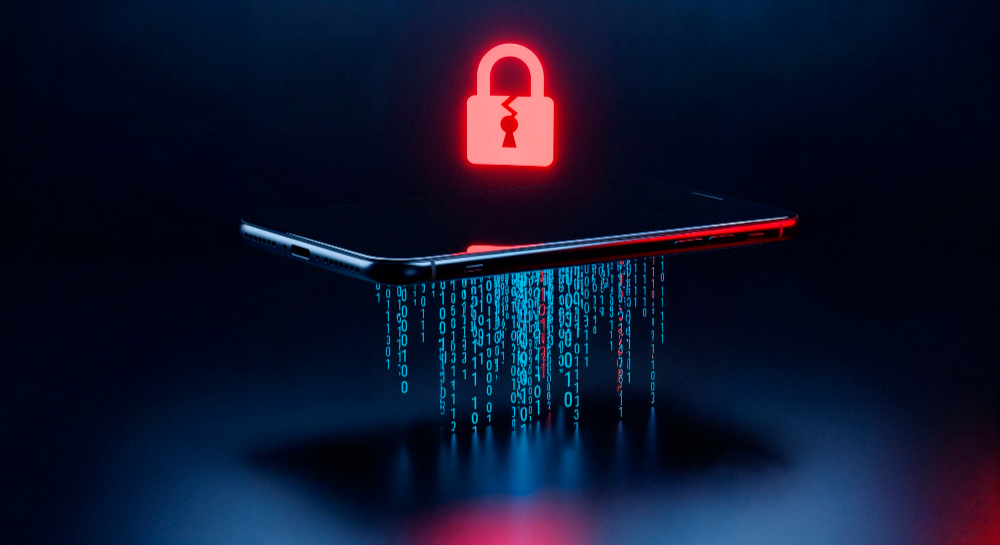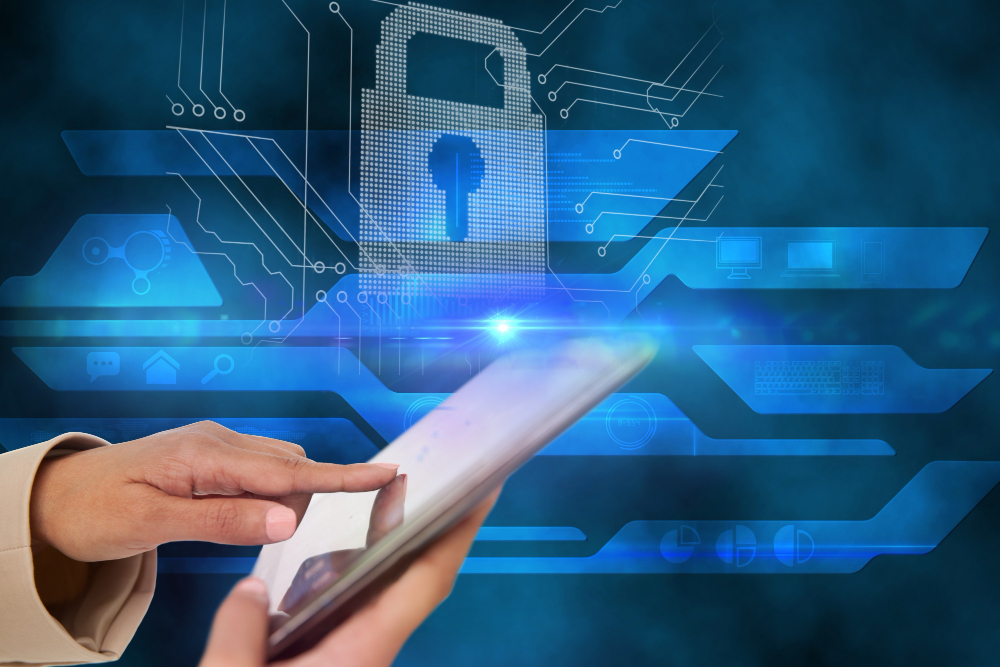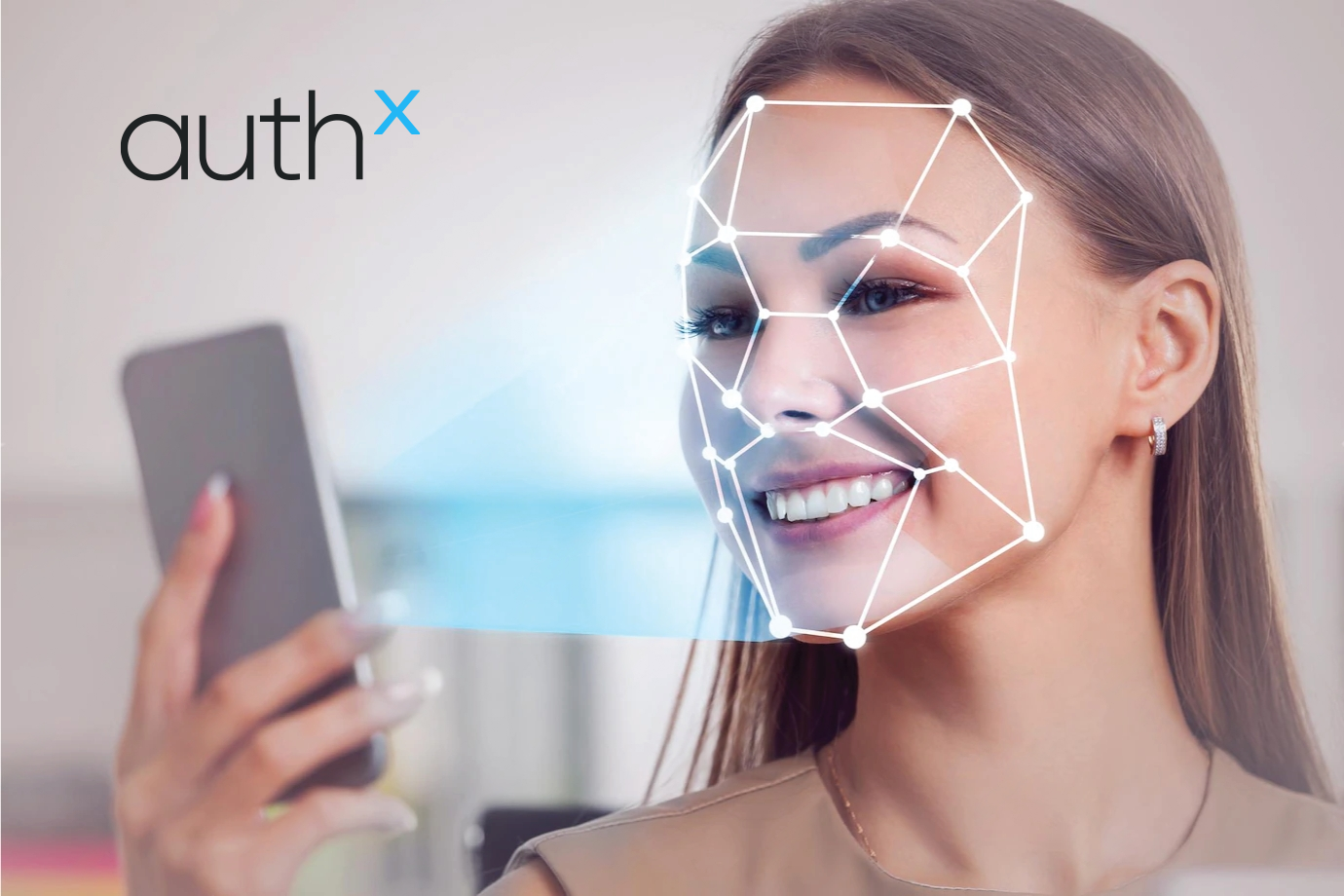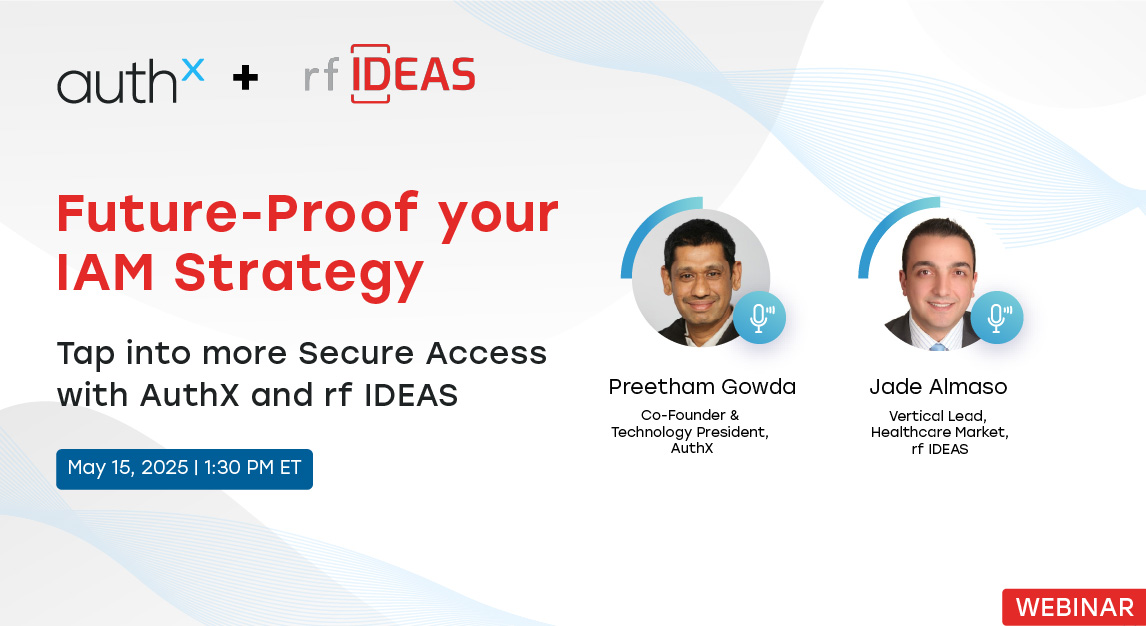Leading organizations understand that identity is the ultimate access control, and to achieve it, biometric authentication is the unbreachable key. Visionary leaders now plug every critical entry point into every laptop, every application, into live face, voice, or palm data. This strategic move stops over ninety percent of fraud before it even starts. Workers can skip the frustrating password routine and move straight to valuable work, all while the system logs each entry with court-ready proof.
Crucially, the system never stores your actual fingerprints or face scans in a big central database. Instead, it stores a secure, scrambled code, which means your privacy risk drops almost to zero. Lines vanish, output rises, and your users finally leave with a smile.
Want to learn how does a system verify your identity without needing a password? Let’s explore what is biometric authentication and the different biometric authentication methods.
Know What Biometric Authentication Is?
Biometric authentication is the most certain way to confirm your identity, as it utilizes the unique physical traits of your body or behavior.
Think of it this way:
- A password is what you know (and can forget or have stolen).
- A card or token is what you have (and can lose).
- Biometrics are what you are.
This method creates an unforgeable link between you and your access, finally making passwords obsolete.
Now that we know what biometrics are, let’s look at the mechanism:
Understanding Biometric Authentication: How It Works and Why It Matters?
The power of biometrics lies in a highly secure, four-step process. Crucially, this system never stores your actual face or voice, only a unique, protected code.
- Capture: The process begins with your simple input. The biometric software, such as a face recognition app, captures the biological data you provide, whether it’s a quick face scan, a voice command, or a touch.
- Template Creation: The software begins working immediately. It measures the captured input, extracting distinctive characteristics such as the distance between your facial features or the unique pitch of your voice to create a secure, mathematical data template.
- Secure Storage: This is essential for privacy — the system never saves the raw image or recording. Instead, it keeps a mathematical representation that cannot be reverse engineered into your real face or fingerprint. This encrypted template is securely stored either on your device or within a protected cloud environment.
- Matching and Access: When you next attempt to log in, the system repeats the capture step and compares the new template to the stored template. If the unique data points match, access is instantly granted. If not, the system denies entry, providing an unbreachable layer of certainty.
Types of Biometric Authentication Methods
Biometric authentication relies on two types of identifiers—physical and behavioral—to confirm your identity with absolute certainty.
Below we will discuss about different examples of biometric authentication methods being deployed today:
Physical Identifiers: Your Unforgeable Key
These methods rely on fixed, unique characteristics of the human body, turning your personal biology into your access key:
Fingerprint Recognition: The Gold Standard of Quick Access
Fingerprint recognition is the most trusted and widely adopted type of biometrics for a simple reason: it’s fast, accurate, and users love it. The technology works by recording the unique ridge and valley pattern of a fingertip and instantly converting it into a secure digital template. The reader compares this template with a live scan in under one second, granting access only when the two match perfectly.
| Feature | Strategic Advantage |
|---|---|
| Method | Records the unique ridge and valley pattern of a fingertip for comparison with a live scan. |
| Pros | Very Accurate with quick response time, usually under one second. Works on most devices without extra hardware, making it cheap and practical. Users are familiar with it and find it easy to accept. |
| Cons | Can be tricked with fake or lifted fingerprints in some cases (requires liveness detection). Injuries or dirt can affect recognition accuracy. Requires physical touch, raising hygiene concerns. |
| Key Use Case/Examples |
Fingerprint recognition is widely used for quick and secure authentication, enabling users to unlock devices like smartphones, laptops, and workstations instantly, while also granting controlled physical access to secure areas such as data centers, laboratories, and hospital wards. |
Palm Vein & Hand Geometry: Hidden Security
Palm vein scanning offers ultimate stealth security. It looks at the blood lines inside your hand, critically requiring live blood flow for verification, meaning a fake hand or photo will never work. The user simply holds their hand over a desk reader for a single second.
| Feature | The Strategic Advantage |
|---|---|
| Method | Maps internal vein patterns and hand geometry. Requires blood flow (Liveness check). |
| Pros | Extremely Secure because vein patterns are hidden. It's contactless and not affected by surface dirt or scars. |
| Cons | High Setup Cost due to special infrared scanners. Less familiar to users than face or fingerprint technology. |
| Key Use Case/Examples |
Utilizes infrared sensors to scan the unique vein patterns beneath the skin or the geometry of the hand for identity verification. Also, the high-security physical access (data centers, healthcare labs), financial transactions, and contactless authentication systems. |
Iris Recognition: Precision and Speed
Iris authentication captures a detailed picture of the colored ring around your eye, seeing over two hundred unique points that stay the same throughout a person’s life. The scan is fast (one second) and contactless users only need to glance at a small lens.
| Feature | The Strategic Advantage |
|---|---|
| Method | Takes a picture of the unique iris pattern in the eye's colored ring. |
| Pros | Extremely Accurate and reliable (even more so than fingerprints). It's contactless, very hard to fake, and works with glasses/contacts. |
| Cons | Higher Setup Cost due to requiring specialized cameras. Some users may feel uncomfortable being scanned in the eye. |
| Key Use Case/Examples |
Captures the intricate colored patterns of the iris using infrared imaging to verify identity with near-zero error rates. Also, helps with border control, airport security, military access systems, and enterprise-grade identity management. |
Retina Scanning: The Unchanging Map
Retina scanning is reserved for the highest security environments. It shines a safe light at the back of your eye to map the blood vessel pattern, which is unique and never changes. This scan offers almost perfect accuracy but requires the eye to be very close to the lens
| Feature | The Strategic Advantage |
|---|---|
| Method | Maps the unique blood vessel pattern at the back of the eye using a safe light. |
| Pros | Almost Perfect Accuracy with an extremely low error rate. The internal pattern is stable and impossible to forge. |
| Cons | Uncomfortable experience due to close-range requirement. Expensive equipment and a slower enrollment process. |
| Key Use Case/Examples |
Analyzes the unique pattern of blood vessels at the back of the eye — a feature that remains stable throughout life. It’s consists of ultra-secure environments like defense facilities, R&D labs, and high-assurance identity verification systems. |
DNA Matching: Definitive, But Not Instant
DNA matching reads the genetic code inside a sample of blood or saliva. While the sequence provides the highest level of uniqueness possible, it is not a real-time login solution because lab machines need hours to process the sample.
| Feature | The Strategic Advantage |
|---|---|
| Method | Reads the unique genetic code inside a biological sample. |
| Pros | Highest Level of Uniqueness possible. Can confirm identity from very small samples. |
| Cons | Not Real-Time (takes hours to process). Requires physical sample collection and has extremely high privacy concerns. |
| Key Use Case/Examples |
Compares genetic material from saliva, hair, or blood samples to confirm identity with absolute precision. Used in Forensics, criminal investigations, ancestry verification, and sensitive biosecurity access systems. |
Facial Recognition: Fast, Natural, and Adaptable
Facial recognition is popular because it’s fast, natural, and adaptable. It measures the unique distance between features (eyes, nose, jaw). The software checks the image from a normal camera in under one second without any touch.
| Feature | The Strategic Advantage |
|---|---|
| Method | Measures the unique distance and relationship between facial features. |
| Pros | Contactless, very fast, and works at a distance. Widely supported on many existing phones and laptops. |
| Cons | Susceptible to Spoofing with photos or videos if liveness checks are weak. Accuracy depends on lighting and angle. High concerns about bias and privacy. |
| Key Use Case/Examples |
Maps facial features and contours using AI and 3D modeling to authenticate users quickly and naturally. They are widely used in smartphone login, border security, public surveillance, time attendance systems, and access control. |
Behavioral Biometrics: Security That Never Stops Watching
Behavioral biometrics monitor how you act, not how you look. This system constantly notes your unique typing speed, your mouse path, and your phone swipe rhythm. Because the check runs silently in the background, it can spot a stranger using your account in seconds without ever interrupting the user. This method is preferred by banks and online tests because it needs no new sensors.
Voice Recognition: Your Unique Soundprint
This method creates a definitive voiceprint from your tone, pitch, and speech style. Voice biometric authentication is especially valuable when you need hands-free access or are dealing with a remote user over the phone.
| Feature | The Strategic Advantage |
|---|---|
| Method | Creates a voiceprint based on pitch, tone, and speech rhythm. |
| Pros | Highly Accessible: Works over any standard phone or microphone without special tools. Convenient for remote users and hands-free systems. |
| Cons | Accuracy Risks: Background noise or illness can temporarily reduce accuracy. Growing Threat: Susceptible to sophisticated deepfake voice technology if not paired with a liveness check. |
| Key Use Case/Examples |
Identifies users based on unique vocal characteristics like pitch, tone, and speech rhythm. Widely used at call center authentication, voice assistants, remote banking verification, and smart-home control. |
Signature/Handwriting Recognition: The Pen's Rhythm
Signature recognition cares more about how you sign (the speed, pressure, and angle of the pen) than how the letters look. This data is captured digitally by a special pad or a phone screen.
| Feature | The Strategic Advantage |
|---|---|
| Method | Records the speed, pressure, and angle of a pen stroke; focuses on rhythm, not appearance. |
| Pros | Legally Accepted in many places. Captures unique behavioral traits that are extremely hard to copy exactly. |
| Cons | Natural Variation: Normal human fluctuations in a signature can lower accuracy. Limited Use: Not suitable for continuous, background authentication. |
| Key Use Case/Examples |
Authenticates individuals based on their writing pressure, stroke order, and speed captured digitally. Leverages in E-signature validation, document approval workflows, and financial transaction authorization. |
Keystroke Dynamics: Your Typing DNA
Keystroke dynamics measures the time between each key press and release—your unique typing rhythm. This signature is captured by normal software and runs continuously in the background during any typing task.
| Feature | The Strategic Advantage |
|---|---|
| Method | Counts the duration and pauses between key presses and releases. |
| Pros | Inexpensive: Needs no extra hardware, only software. Provides continuous monitoring throughout a session. |
| Cons | Lower Accuracy: Accuracy is lower than physical biometrics. Patterns can change due to mood or tiredness. |
| Key Use Case/Examples |
Keystroke dynamics authenticates users by analyzing their unique typing rhythm, pressure, and timing, providing continuous verification on secure systems while helping detect insider threats and prevent fraud. |
Gait Analysis: Your Walking Signature
Gait analysis measures the uniqueness of how you walk, looking at step length, speed, and body sway. A camera records your motion, and the software builds a pattern.
| Feature | The Strategic Advantage |
|---|---|
| Method | Measures step length, speed, and body sway from video footage. |
| Pros | Non-Intrusive: Works at a distance without any required cooperation from the user. Hard for a person to consciously change their gait. |
| Cons | Low Accuracy: Accuracy is low compared to other biometrics. Footwear or injury can change the walking pattern. |
| Key Use Case/Examples |
Gait analysis verifies a person’s identity by examining their unique movement patterns, posture, and stride, enabling secure authentication for surveillance systems, physical access monitoring, and mobile devices in motion. |
Lips Movement Detection: Defeating Deepfakes
Lips movement detection watches how your mouth moves when you speak. The camera tracks the shape and speed of each motion and compares it to the words it hears. If the timing and movement don’t match, the system knows the voice might be fake.
| Feature | The Strategic Advantage |
|---|---|
| Method | Tracks the shape and speed of lip movements and syncs them to spoken words. |
| Pros | Strong Anti-Spoofing: Excellent protection against photo, video, and deepfake voice attacks. Requires live speech (natural liveness check). |
| Cons | Visual Obstruction: Needs a clear camera view; facial hair or poor lighting can reduce performance. |
| Key Use Case/Examples |
Lip movement detection authenticates individuals by matching their lip motions with spoken words, ensuring liveness verification during video calls, enhancing facial recognition accuracy, and preventing deepfake-related fraud. |
Why Biometric Authentication is the Smart Business Decision?
Implementing biometrics is not just about upgrading security; it’s about strategically improving the entire user experience and reducing your company’s risk profile.
1. Unmatched Security and Assurance
Biometrics delivers the highest level of security and assurance by verifying a person’s unique physiological or behavioral characteristics. In an era where passwords, PINs, and PII are constantly being compromised by data breaches, fraudsters have an easy time passing traditional methods.
Introducing biometrics adds a roadblock that only a real, authorized user can bypass. A fraudster may know a person uses their dog’s name for a password, but they cannot use their face to unlock an account. Crucially, liveness protections ensure the physical presence of the rightful account owner, stopping criminals dead in their tracks.
2. Convenient, Fast User Experience
While the technology is complex, the user experience is incredibly simple, convenient, and fast.
Unlocking an account in seconds with biometrics is vastly quicker than typing out a long password with multiple special characters or waiting for a PIN via email or text. Furthermore, forgetting a password is a frequent point of friction for users. The chances of you forgetting your own biometrics? Zero. This frictionless access translates directly to higher customer retention and satisfaction.
3. Non-Transferable and Spoof-Proof
Biometrics fundamentally solves the problem of sharing and fraud:
- Non-Transferable: Unlike passwords, PINs, or security answers, biometrics cannot be knowingly or unknowingly shared. You cannot digitally transfer a physical biometric; the only way to utilize most systems is with your physical application. This ensures that the right person and only the right person is authenticating.
- Near Spoof-Proof: Biometrics like face and voice are extremely difficult to fake. Designed to capture highly unique characteristics, advanced face recognition algorithms often achieve accuracy rates over 99.97% in ideal conditions. You are statistically more likely to be struck by lightning than to have someone else’s face template match your account.
4. Flexible and Scalable
A modern, cloud-enabled biometric system offers the flexibility your business needs to grow. It can scale dynamically as user demand increases across different applications, channels, and geographies. This means your security solution is not limited by the capabilities of a single physical device but is instead built for rapid, global expansion.
Where Biometrics Solves Your Toughest Business Problems?
There are multiple use cases scenarios where Biometric authentication provides far more than just better logins; it offers crucial competitive advantages across various industries by solving your toughest fraud, compliance, and identity challenges.
1. Stopping Financial Fraud and Account Takeovers
In high-value sectors, biometrics delivers an unbreachable layer of certainty:
- KYC and AML Compliance: Biometrics is essential for Know Your Customer (KYC) procedures and Anti-Money Laundering (AML) compliance, particularly in the financial sector, ensuring the person interacting with you is verified and real.
- Preventing Account Takeovers (ATO): In the financial sector; whether payments, banking, fintech apps, lending platforms, or digital wallets, modern IDV Solutions leverage biometric verification to stop Account Takeovers before they occur. By binding access to a user’s unique biometric identity, these systems eliminate the value of stolen credentials, intercepted OTPs, or reused authentication tokens. Even if attackers obtain passwords or breach SMS-based MFA, they cannot impersonate the legitimate account holder, ensuring real-time protection against ATO attempts across high-risk financial transactions.
- Enhanced Multi-Factor Authentication (MFA): Biometrics strengthens MFA by replacing easily compromised tokens. It combines what the customer knows (PIN) and what they have (a device) with the unforgeable element of who they are.
2. Protecting Revenue and Integrity
Biometrics ensures fair play and protects your bottom line across large user platforms:
- Eliminating Promo Abuse and Multi-Accounting: For gaming, streaming, and delivery services, a biometric check matches new account data with existing customer profiles. This ensures that promotional offers and special pricing plans go to first-time users only, preventing costly abuse.
- Ensuring Academic and Peer Integrity: In online education and peer-to-peer services, biometrics prevents multi-accounting and keeps students from sharing one account to cheat on exams.
- Blocking Arbitrage Betting: Biometrics provides a crucial verification layer in the betting industry to stop complex arbitrage fraud schemes.
3. Securing the Physical World
Biometrics seamlessly bridges the digital and physical security worlds by enabling organizations to secure both virtual accounts and real-world environments with the same level of precision. For physical security, biometric systems can control access to doors, gates, and restricted areas, ensuring that only authorized individuals can enter. Integrations of biometrics across these touchpoints, every interaction whether digital or physical becomes a moment of secure, frictionless certainty, reducing fraud while delivering a smooth user experience.
Conclusion
To maximize the benefits of biometrics while effectively neutralizing these risks, two actions are essential: implementing robust security measures and adhering to strict privacy protocols.
Any business integrating biometrics must seek expert assistance. You must safeguard the personal identifiers of your customers and employees, ensuring sensitive information is protected from compromise at every single stage. Given the evolving nature of digital risks, a solid understanding of potential threats and a proactive identity theft prevention plan are critical to preserving the privacy and integrity of your personal data.
FAQs
Is biometric authentication safer than a password?
Yes. Biometric authentiation is generally safer than passwords because it verifies who you are, not what you know. Unlike passwords, biometrics can’t be easily guessed, shared, or phished, making them a stronger identity assurance factor for enterprises.
What are the key pros and cons of facial recognition?
Pros: Fast, touchless, and user-friendly authentication across devices.
Cons: Privacy concerns, liveness spoofing risks, and potential accuracy issues under poor lighting or camera quality. Enterprise systems must add anti-spoofing and encryption to ensure secure use.
What are the main disadvantages of biometrics overall?
Key drawbacks include privacy risks, data storage challenges, and potential false acceptance or rejection rates. Once compromised, biometric data can’t be “reset” like a password, so strong encryption and on-device storage are critical.
What is the core advantage of using biometrics in MFA?
Biometrics strengthen MFA by replacing weak factors (like passwords or PINs) with an unforgeable one the user’s unique traits. This enhances both security and user experience, reducing friction without compromising protection.
Is Biometrics more secure than an OTP (one-time password)?
Yes, in most cases. Biometric authentication eliminates phishing and interception risks associated with OTPs. However, combining biometrics with device-based verification provides optimal mobile security for enterprise-grade MFA.
Why is biometric authentication important?
Biometric authentication is important because it provides a secure, user-friendly way to verify identity using unique physical traits. It reduces password-related breaches, prevents credential sharing, and strengthens trust in enterprise access systems.
What is the purpose of biometrics in enterprise security?
The purpose of biometrics in enterprise security is to ensure only authorized users can access sensitive systems, data, or devices. By tying access to individual identities, enterprises achieve stronger accountability, compliance, and Zero Trust protection.
What is biometric verification and why is it necessary?
Biometric verification confirms a person’s claimed identity by matching their live biometric data to a stored template. It’s necessary to prevent impersonation, eliminate weak passwords, and provide fast, reliable authentication across enterprise environments.
What role does biometric authentication technology play in modern security systems?
Biometric authentication technology plays a central role in modern security by enabling passwordless, frictionless access control. It integrates with IAM and MFA systems to enhance Zero Trust architectures, balancing convenience with enterprise-grade security.

